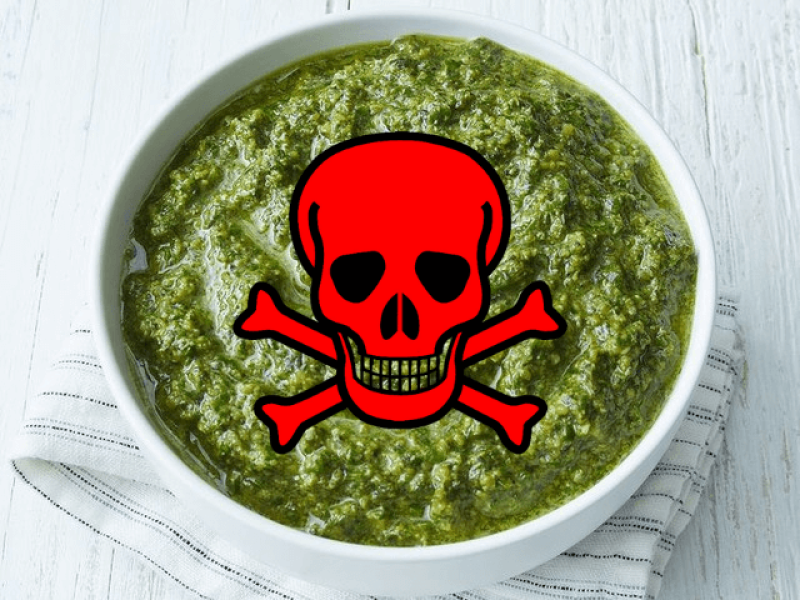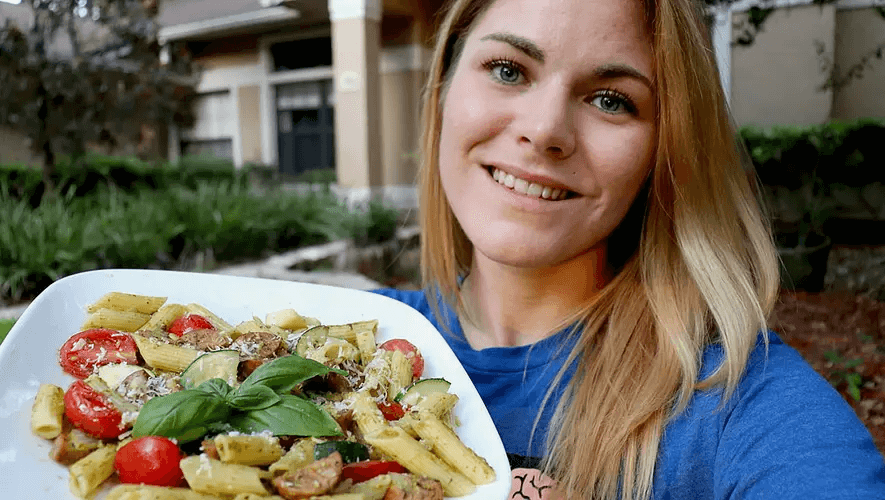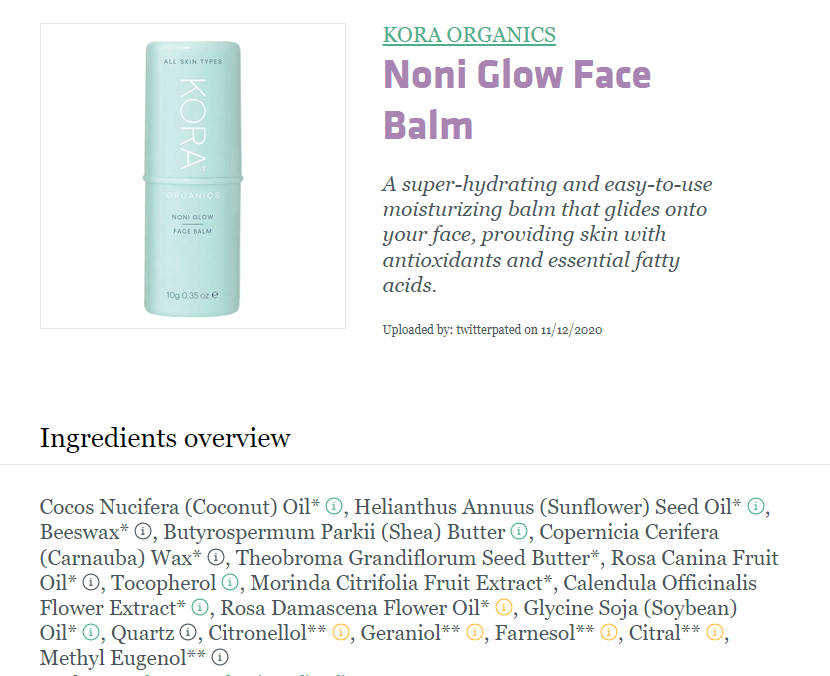
Social and traditional media erupted with calls for bans of its use, and freaked-out moms everywhere dumped bottles of soda down the drain and emptied their drawers of Trident Gum to protect their families. Decades of research, and the fact that you’d have to pound down about 14 two liters of diet soda a day to approach a risk threshold, be damned. The IARC rating sent environmental activists into high gear.
And within hours, tort lawyer firms who make their living off exploiting public misunderstandings about science to shake down companies fearful of billion-dollar jury verdicts were trolling the internet for victims.
While distracted by Mountain Dews and don’ts, the same evaluation by the IARC classified an unrelated scary-sounding chemical — methyl eugenol — as a group 2A “probable carcinogen”: which means it poses even a greater cancer threat than aspartame.
Based on Twitter logic, since glyphosate is a dangerous Group 2A “probable carcinogen”, methyl eugenol must also be some deadly poison. After all, that’s the same category as glyphosate, an herbicide lauded by farmers as effective and by an overwhelming number of scientists, including every independent chemical risk agency in the world as safe, yet condemned in social media and trial lawyers as a toxic carcinogen of doom.
If the reaction to glyphosate’s classification is a guide, the companies that sell methyl eugenol will be sued into financial duress. Activists will clammer for products containing methyl eugenol to be labeled as ‘cancer causing’, especially in California. There will be calls for bans, and lawyers will hammer big checks with class action lawsuits against the crooked Merchants of Poison that produce… essential oils, aromatherapy candles and pesto sauce. According to the National Institutes of Health, pesto-eaters could be exposed to some of the highest levels of methyl eugenol, because fresh pesto is prepared from a large quantity of fresh basil, reflected by basil amounts in pesto sauce products on the market.
That sound you just heard was the thud of aging hippies and Italian food-loving chemophobes hitting the floor. Patchouli oil and basil are loaded with the stuff.
Or maybe it is the sucking sound created from a vacuum of logic that will condemn one chemistry and let another slide by, when it fits their ideological proclivities or someone sees money in the corner of their eye.
Or maybe it is the hypocrisy of indulging in a Class 2A probable carcinogen as part of their identity at the same time fighting against a different Class 2A probable carcinogen is part of their identity.

The case of methyl eugenol is a stellar opportunity to underscore the hypocrisy in IARC-induced chemophobia. Methyl eugenol is a central component of essential oils, like tea tree oil and citronella. It is a dominant flavor note in nutmeg, lemon grass, cloves and allspice. Methyl eugenol or its metabolites may be detected in the urine of close to 100 percent of individuals that recently ate bananas or oranges. It is present in orders of magnitude higher levels than the parts per billion of glyphosate reportedly found in grocery products deemed deadly toxic by anti-glyphosate interests.
Yet ‘progressive’ dudes with man-buns will slather on methyl-eugenol-laden tinctures and creams. Naturopaths will sing the praises of aromatherapy, while inhaling a Class 2A carcinogen deep into the lungs. Skin creams will give you a healthy glow, as methyl eugenol’s magic combines with essential oils and carnauba wax — and better yet it’s organic!

And in the widespread application of a IARC Class 2A probable carcinogen you won’t see social media activists slamming Annie’s Heirloom Seeds for profiting off of seeds of death. You won’t see lawyers line up to sue Big Pesto. Irrelevant pseudo-journalists will not write books that reinterpret internal emails at McCormick spices, cherry-picking to denounce cherries.
The point is simple. The archaic IARC classification system has been mobilized by unscrupulous actors to malign chemistries used by industries targeted by activist groups — what they call Big Ag or Big Soda. An IARC classification and its attention-getting headlines are the first stinky step in lawsuits and manipulation of public opinion.
[Editor’s note: Read GLP’s investigative report on how IARC’s aspartame classification is providing gruel to anti-chemical environmentalists and tort lawyers.]
The differing media and advocacy group reactions to classification of aspartame and glyphosate, while ignoring methyl eugenol, ethanol (drinking wine or beer, Class 1 carcinogen) and lunch meat (Class 1 carcinogen) illustrates how pronouncements by IARC and a similar agency based in Italy, Ramazzini Institute, are selectively twisted to mislead, affect public perception, and recruit for a lawsuit class action.
It is clear that the weight and urgency of the IARC classification only matters on products that online quacks, consumer watchdogs, pseudoscience nutrition hawks — and a host of so-called mainstream environmental groups that raise money off of chemophobia with glyphosate tops on their list (e.g., Environmental Working Group, Natural Resources Defense Council, Organic Consumers Association, Union of Concerned Scientists, don’t like. But to the scientific world where the dose makes the poison, the social outrage driven by these monographs breaks trust in science while it lines the pockets of attorneys that profit from misleading campaigns targeting select industries.
Kevin M. Folta is a professor, keynote speaker and podcast host. Follow Professor Folta on Twitter @kevinfolta
